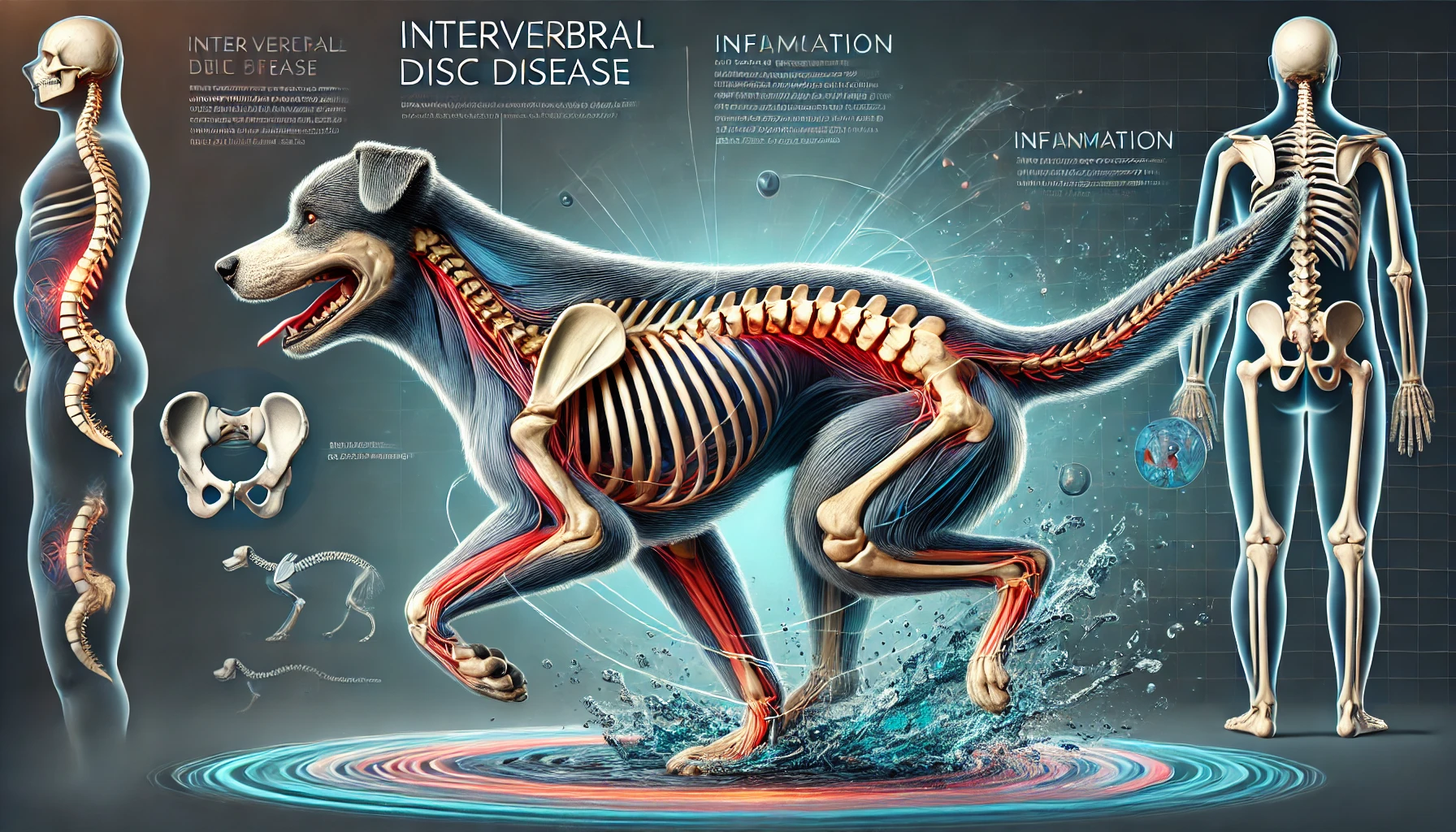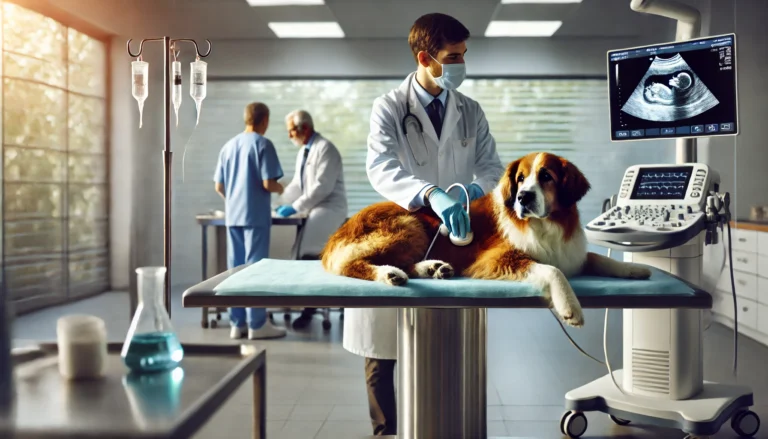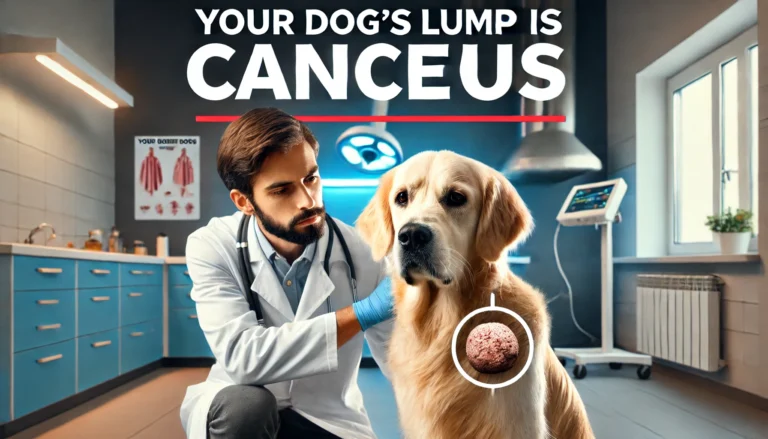IVDD (Intervertebral Disc Disease) in Dogs

Intervertebral Disc Disease (IVDD) refers to a group of conditions that affect the intervertebral discs in a dog’s spine. The discs act as shock absorbers between the vertebrae, allowing for flexibility and mobility of the spine. When these discs degenerate, bulge, or rupture, they can press on the spinal cord and cause significant neurological problems, including pain, weakness, and even paralysis.
Types of IVDD in Dogs
- Protrusion (Bulging Disc): The disc bulges outward but doesn’t rupture. It can put pressure on the spinal cord or nerves, causing pain and movement issues.
- Extrusion (Herniated Disc): In this case, the disc ruptures, and the inner material leaks out, putting direct pressure on the spinal cord, often leading to more severe neurological symptoms.
- Degenerative Disc Disease: Over time, discs naturally degenerate. Dogs with this condition may experience progressive disc degeneration and associated pain.
Breeds Prone to IVDD
Certain dog breeds are more prone to developing Intervertebral Disc Disease due to genetic predisposition and body structure. These breeds include:
- Dachshunds: Due to their long bodies and short legs, they are the most commonly affected by IVDD.
- Chihuahuas
- Corgis
- French Bulldogs
- Beagles
- Basset Hounds
- Shih Tzus
- Poodles
These breeds are typically classified as “chondrodystrophic,” meaning their genetic makeup makes them more susceptible to spinal disc degeneration.
Causes of Intervertebral Disc Disease in Dogs
While Intervertebral sisc disease can be congenital (present at birth), most cases are associated with degenerative changes in the intervertebral discs that occur as dogs age. Other causes include:
- Genetics: Breeds with long backs and short legs are at higher risk.
- Trauma: Injuries to the spine, such as a fall or sudden movement, can cause discs to rupture or bulge.
- Excess Weight: Overweight dogs are more likely to develop back problems due to the extra strain on their spine.
- Age: Older dogs, especially those with a predisposition to Intervertebral Disc Disease, can develop degenerative disc disease.

Signs and Symptoms of IVDD in Dogs
Recognizing the early signs of IVDD in dogs is crucial for timely intervention. Common symptoms include:
- Back Pain: Dogs with IVDD may exhibit signs of discomfort, such as whining, reluctance to move, or stiffness in the back.
- Difficulty Walking: IVDD can cause weakness, uncoordinated walking, or dragging of the back legs.
- Paralysis: In severe cases, dogs may lose the ability to move their hind legs or may develop full paralysis.
- Inability to Jump: Dogs may avoid jumping or climbing stairs due to pain.
- Tremors or Shaking: Shaking or trembling, especially in the back, is a sign that the dog is experiencing pain or neurological issues.
- Loss of Bladder/Bowel Control: Severe cases of Intervertebral Disc Disease may affect the dog’s ability to control its bladder or bowel movements.
Diagnosis of Intervertebral Disc Disease
To diagnose IVDD, veterinarians typically use a combination of:
- Physical Examination: The vet will test the dog’s range of motion, check for pain, and assess the dog’s neurological responses.
- X-rays: X-rays can help identify bone changes, disc degeneration, or disc ruptures.
- MRI or CT Scan: These advanced imaging techniques provide detailed views of the spine and intervertebral discs to confirm the extent of the damage.
- Myelogram: This diagnostic test involves injecting a contrast dye into the spinal column and taking X-rays to detect disc protrusions or ruptures.
do you know
Explanation of spaying as a surgical procedure to remove a female animal’s reproductive organs.
Stages of IVDD in Dogs
Intervertebral Disc Disease is commonly classified into four stages based on severity:
- Stage 1: Mild pain or stiffness, with the dog still able to walk and move normally.
- Stage 2: Moderate to severe pain with weakness or uncoordinated movement. The dog may have difficulty walking but can still move on its own.
- Stage 3: Partial paralysis, with some ability to walk but with difficulty. There may be loss of sensation or coordination in the affected limbs.
- Stage 4: Complete paralysis, often with loss of sensation and the inability to move the hind legs.
Treatment Options for Intervertebral Disc Disease in Dogs
The treatment for IVDD depends on the severity of the condition and the stage of the disease. Options include:
- Conservative Management:
- Rest and Limited Activity: Strict bed rest and minimal movement for several weeks can allow the disc to heal and reduce inflammation.
- Pain Medication: Non-steroidal anti-inflammatory drugs (NSAIDs), steroids, and pain relievers can help manage the pain and reduce swelling.
- Physical Therapy: After the acute pain has subsided, physical therapy may be used to improve mobility and strength.
- Laser Therapy: Red light laser therapy can help reduce inflammation and promote healing.
- Surgical Treatment:
- Decompression Surgery: For dogs with severe cases or paralysis, surgery may be necessary to remove the herniated disc material and relieve pressure on the spinal cord.
- Discectomy: In some cases, the surgeon may need to remove the affected disc to prevent further damage to the spinal cord.
- Laminectomy: This surgery removes part of the vertebrae to alleviate pressure on the spinal cord.
Surgery is often recommended for dogs that do not improve with conservative treatment or for those with severe symptoms such as paralysis.
How Much Does IVDD Surgery Cost?
The cost of Intervertebral Disc Disease surgery can vary depending on the severity of the condition and the type of surgery required. On average, the cost of Intervertebral Disc Disease surgery in dogs ranges from $2,000 to $5,000. This can increase if additional treatments or hospital stays are needed.
Recovery and Prognosis
- Post-Surgery Care:
- After surgery, dogs typically require several weeks of rest and limited activity.
- Physical therapy may be recommended to help improve mobility and strength.
- Follow-up visits to the veterinarian are necessary to monitor healing and ensure proper recovery.
- Prognosis:
- The prognosis depends on the severity of the condition and how quickly it is treated. Dogs that undergo surgery typically have a better chance of recovery, especially if they regain function within the first few days after the procedure.
- Dogs that receive timely treatment and proper rehabilitation can make a full recovery and return to normal activity.
How long can a dog live with Intervertebral Disc Disease?
With proper treatment, dogs with IVDD can live a normal lifespan, but the quality of life depends on the severity and treatment of the condition.
What are the symptoms of Intervertebral Disc Disease in dogs?
Symptoms include back pain, difficulty walking, weakness or paralysis in the hind limbs, loss of bladder control, and reluctance to move.
What causes IVDD?
IVDD is caused by disc degeneration, genetic factors, trauma, or obesity, leading to disc herniation or bulging that puts pressure on the spinal cord.
How to fix intervertebral disc disease?
Treatment options include rest, pain medications, physical therapy, and in severe cases, surgery to remove or relieve pressure from the affected discs.
Can you heal a disc without surgery?
Yes, mild cases of IVDD can be treated conservatively with rest, pain medications, and physical therapy, though surgery may be needed for severe cases.
What is the best treatment for disc problems?
The best treatment depends on the severity and may include a combination of rest, anti-inflammatory medications, physical therapy, and surgery for severe cases.
Which food is best for disc problem?
A high-quality, anti-inflammatory diet rich in omega-3 fatty acids, joint-supporting ingredients like glucosamine and chondroitin, and lean protein is beneficial.
Which medicine is best for discs?
Non-steroidal anti-inflammatory drugs (NSAIDs), steroids, or pain medications prescribed by a vet help manage pain and inflammation related to disc disease.






